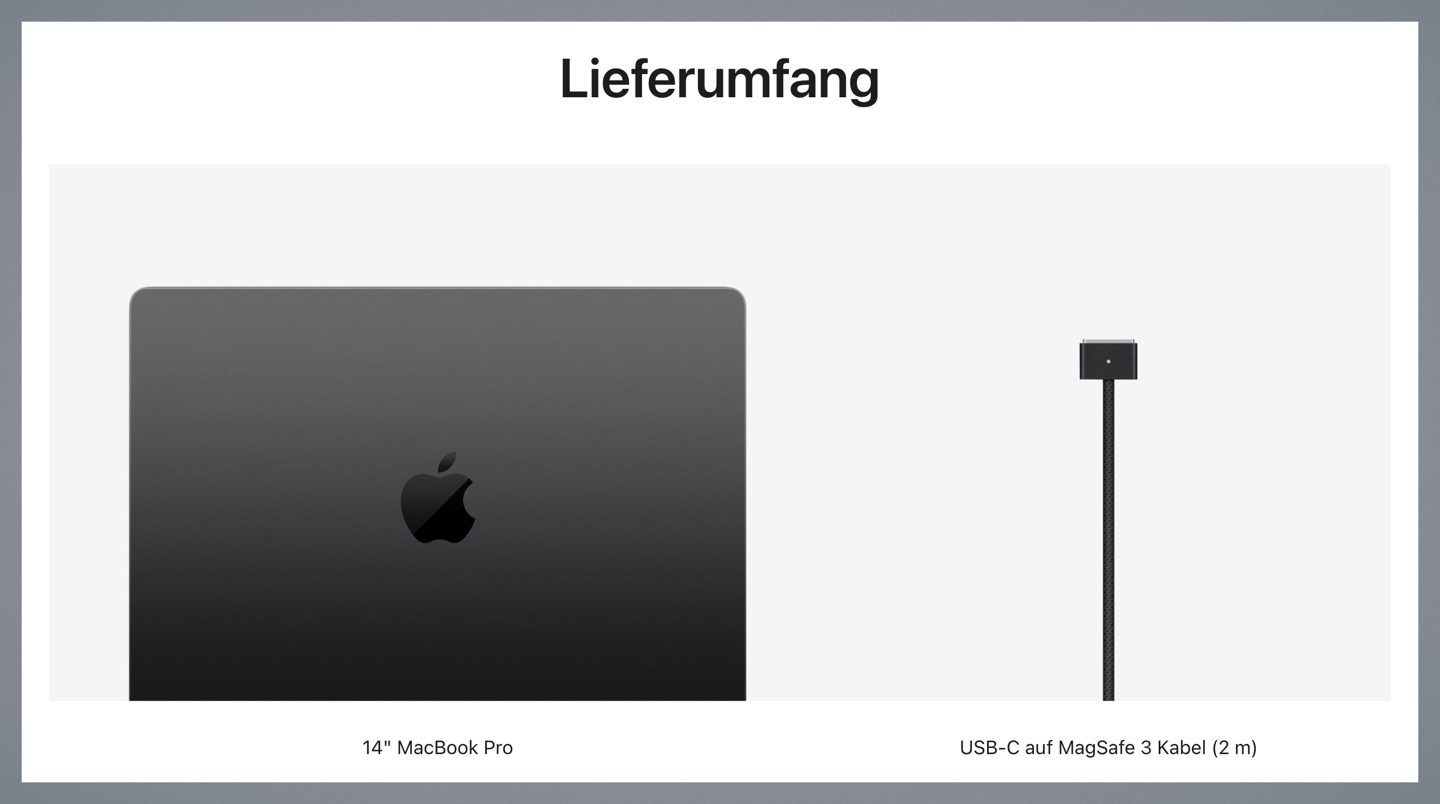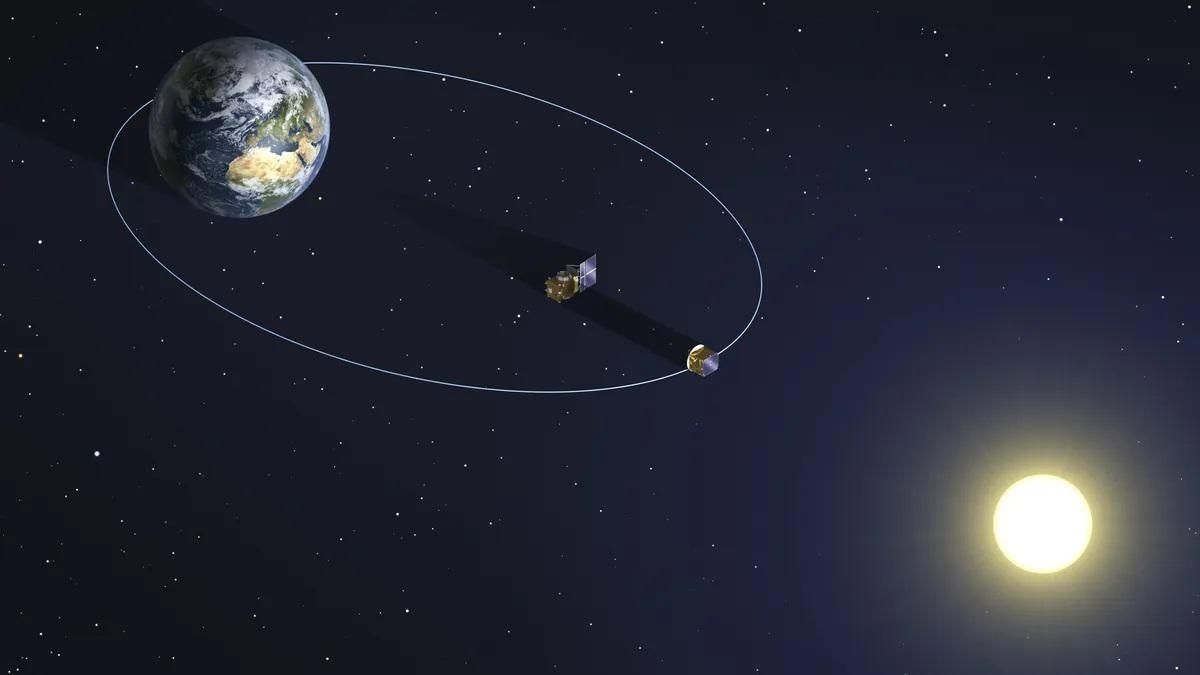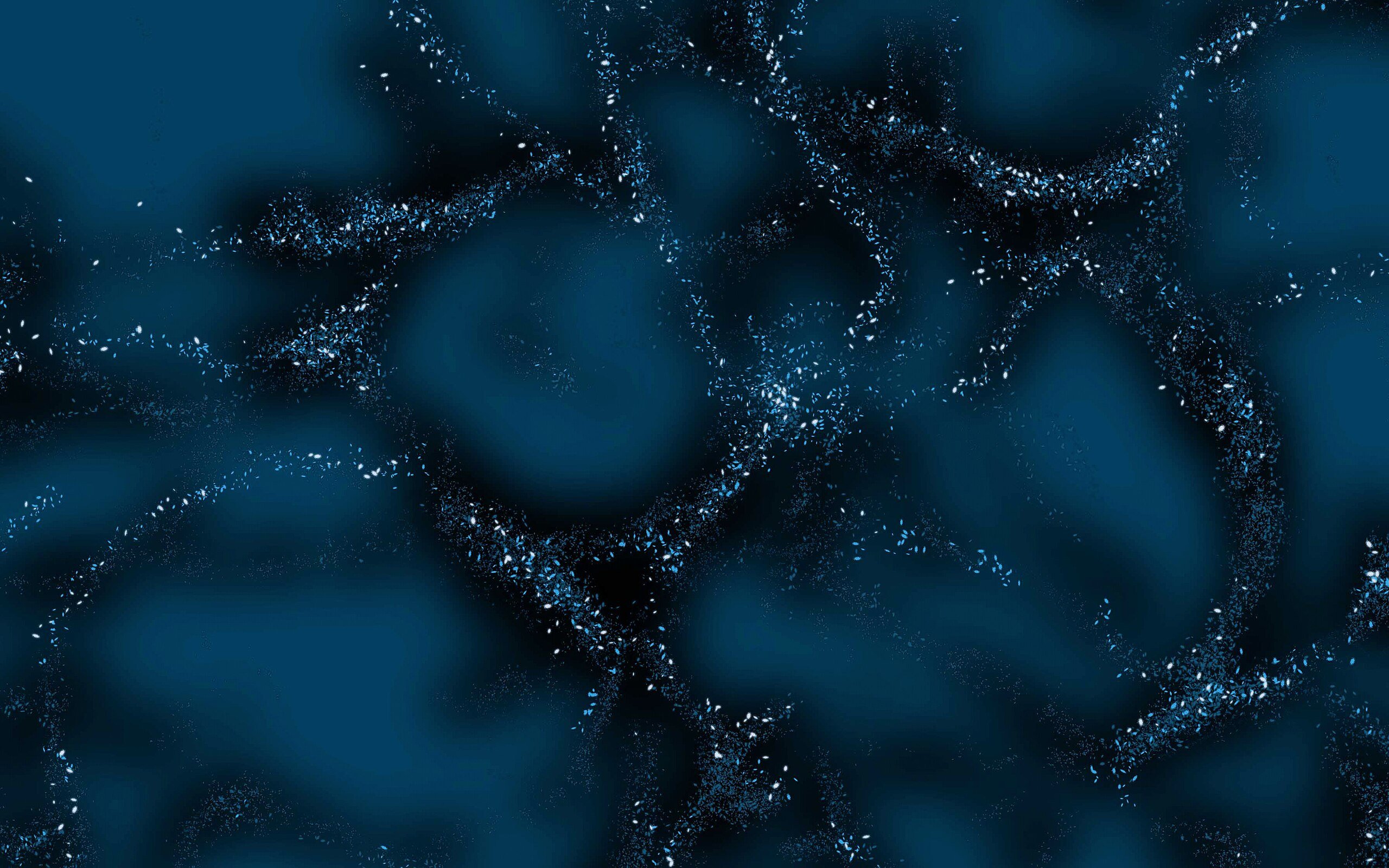This Thursday (5), the European Space Agency’s (ESA) Proba-3 mission, a sort of “delivery” of solar eclipses, was launched on a powerful PSLV-XL rocket from the Satish Dhawan Space Center in Sriharikota, India. at 7:34 a.m. (Brasília time). About 18 minutes later, two satellites rising one above the other left the upper stage.
According to the European agency’s website, the two spacecraft “have the potential to change the nature of future space missions” and will begin performing training flights with millimeter precision as if they were a single giant platform. Degree of control and perfect synchronization Can be seen in artificial solar eclipses produced in orbitsays ESA.
The new pair of probes “Occulter” and “Coronagraph” from ESA’s family of orbiting demonstration missions will be permanently aligned with the Sun at a distance of 150 meters from each other, so that the former will project a controlled shadow onto the other with very high precision. states that it was released at one millimeter and “the thickness of a medium-sized fingernail.”
What does artificial solar eclipse do?
As we all know An eclipse occurs when the Moon passes in front of the Sun. By a cosmic coincidence, our star is 400 times larger and 400 times farther away than the Moon, allowing it to “nest” entirely behind our natural satellite during a total solar eclipse.
Anyone who has observed this event knows that a ring of fire can be seen directly around the Moon at the highest point of the eclipse. This is the phenomenon of the solar corona, which is the outermost layer of the Sun’s atmosphere and is extremely hot. (there are millions of degrees Celsius), but it is a million times less intense than visible light from the Sun.
That’s why scientists are always tracking solar eclipses. This important resource used to study solar dynamics and wind often remains invisible due to the photosphere, the intense brightness of the Sun’s surface that dwarfs the corona. However, during the eclipse, the Moon acts as a solar filter.
The best ways to hide sun glare
Typically, telescopes that study the sun, whether space-based or ground-based, are equipped with a coronagraph, which is a small disk in the middle to block glare from the solar disk. As a result, you lose information about a significant portion of the solar corona closest to the Sun’s surface.
The best way to improve this observation is to place the coronagraph much further away from the telescope, and this is done magnificently during eclipses by the Moon, which is about 380 thousand kilometers away. But these events are rare (on average, once every 18 months) and all we can do is wait them out.
In this context, NASA is preparing the Lunar Assisted Solar Occultation Mission (MESOM). Will send a spacecraft into orbit to capture monthly eclipses lasting up to 48 minutes. Until that happens, Proba-3 will provide some sort of demonstration of this approach, but without using the Moon.
How will Proba-3’s twin spacecraft work?

The orbits of the two spacecraft on ESA’s Proba-3 mission will be highly eccentric relative to Earth, ranging from 600 kilometers to 60,500 kilometers above the Earth’s surface. They will complete one orbit around the planet every 19.7 hours.
There is a six-hour window during this orbit during which the probes will be at their furthest point from Earth.
This moment is considered the most important moment of the mission, as it will allow the two ships to position themselves in a way that will completely block the Sun’s light, creating a true artificial solar eclipse and allowing detailed observation of the coronal region.
Did you like the content? Tell us on our social networks and get the opportunity to share the article with your friends. Until later!
Source: Tec Mundo
I’m Blaine Morgan, an experienced journalist and writer with over 8 years of experience in the tech industry. My expertise lies in writing about technology news and trends, covering everything from cutting-edge gadgets to emerging software developments. I’ve written for several leading publications including Gadget Onus where I am an author.













